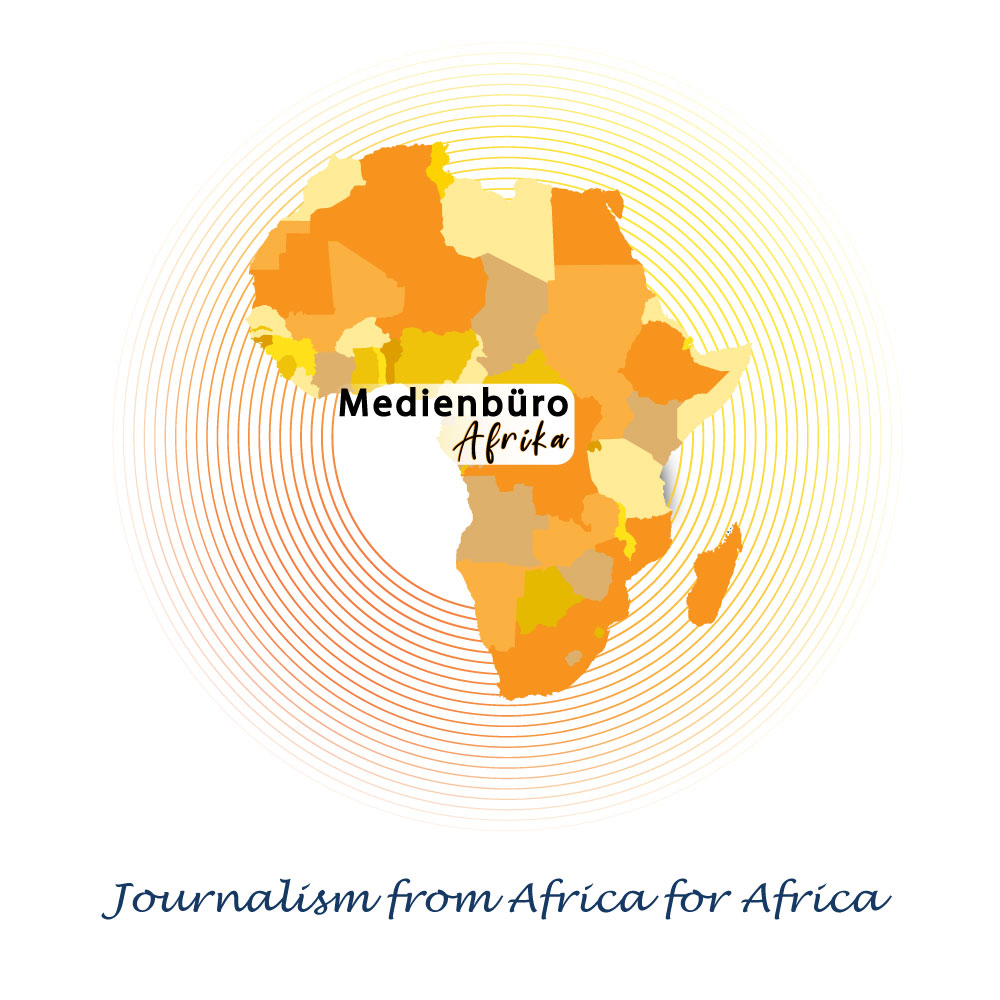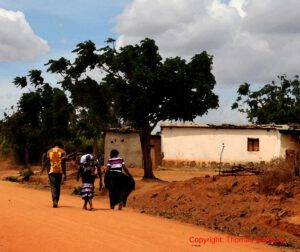Interconnectors have been a long dream of energy scientists. They are used to transport large amounts of energy over long distances and already exist between the Netherlands and Europe. The Desertec version was developed in Germany about 20 years ago: In many parts of North Africa there are excellent conditions for renewable energy. Strong winds blow in many places, and especially near the equator there is strong solar radiation. These renewable energy sources could be converted into electricity and transported to Europe through so-called HVDC transmission lines under the Mediterranean Sea. In return for the energy supply, suppliers could receive money for their development. This would be the first idea to famous Desertec version.
But studies showed that it would be expensive and difficult to build an electricity grid under the Mediterranean. That is why there is only one HVDC transmission line between Spain and Morocco so far. In recent years, renewable energies have developed very well in North Africa and Europe needs more and more renewable electricity that produces hardly any carbon dioxide emissions. This is why the idea of interconnectors is now being revived.
In the eastern Mediterranean, there has already been a power line from Egypt via Cyprus to Crete since 2017. Electricity from renewable sources, but also from gas power stations. In October the President of the Arab Republic of Egypt, Mr Abdel Fattah el-Sisi, the President of Cyprus Nicos Anastasiades und the Prime Minister of the Hellenic Republic, Mr Kyriakos Mitsotakis met on this subject and signed a Memorandum of Understanding. The power lines are to be laid to a depth of 3000 metres with a total length of 1400 kilometres. The African starting point is the African port city of Damiette, a metropolis of one million people. The power lines are to be laid down to a depth of 3000 metres with a total length of 1400 metres. The 500-kilometre line to Cyprus should be completed by 2022. The line will then continue to Crete for a further 900 kilometres. Here, completion is planned for 2023. It is planned to transmit an energy quantity of 17.5 TWh. That would be more electricity than the turbines of the Aswan Dam produce.
Morocco also has further plans for interconnectors. The westernmost country in the Maghreb has a high share of renewable energies. Morocco is proposing another interconnector to Portugal. There are even plans for an electricity link to East Africa. So far, these are plans, but not real projects
Author: Dr. Thomas Isenburg contact: presse@thomas-isenburg.de




